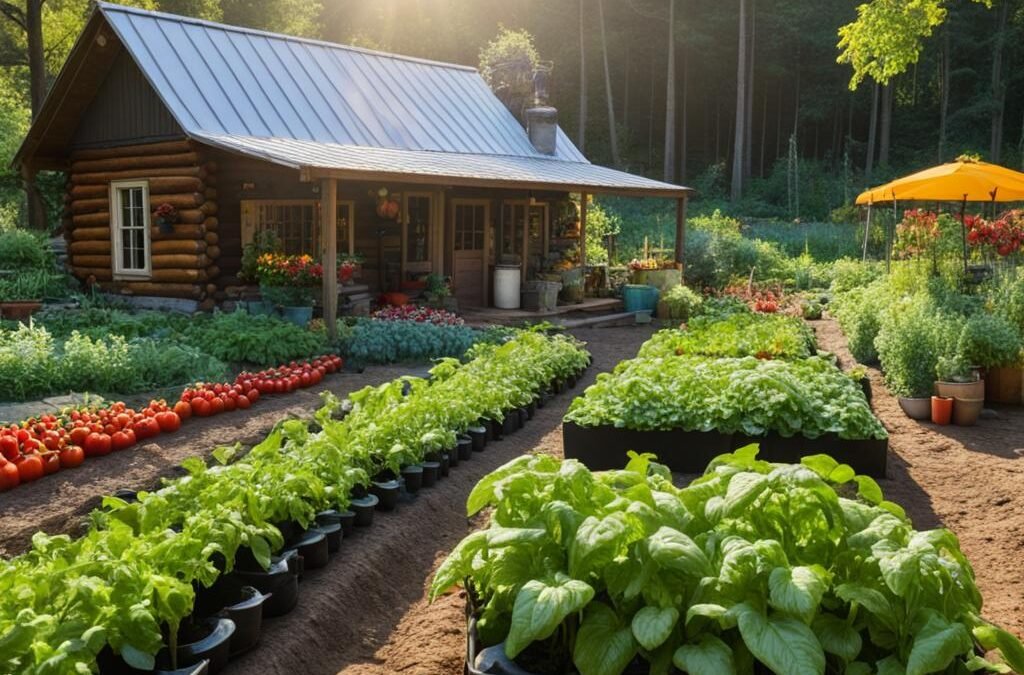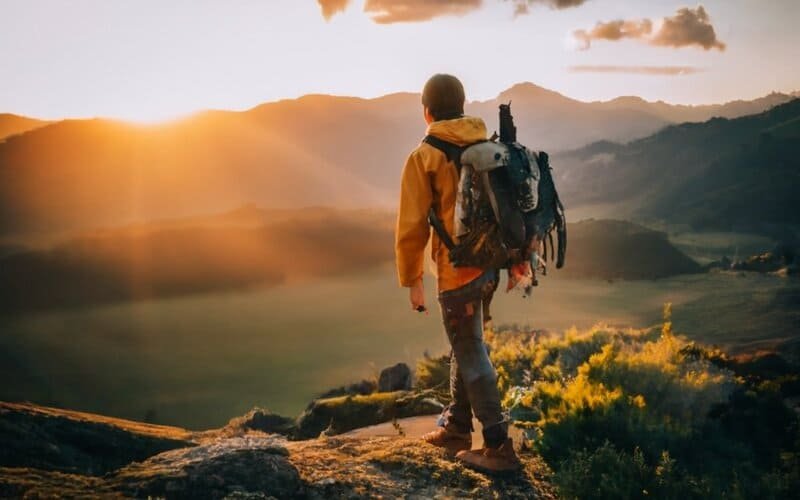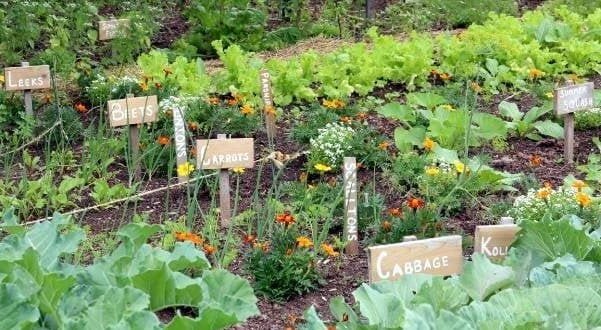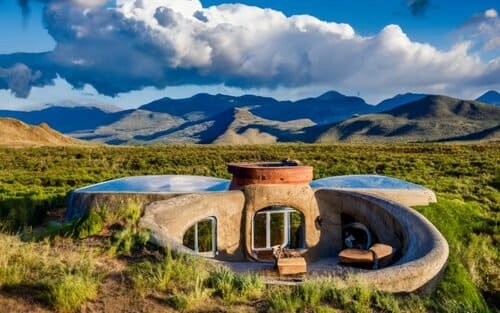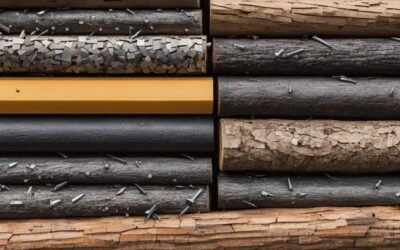Greetings to those yearning to chart a course towards independence; I’m thrilled to share my adventure to figure out how to become self sufficient. The quest embarked on was not just a transformation of place but of spirit — from a life cluttered with excess to one where every day is enriched with self reliance skills. Self sufficiency goals seeped into every inch of my existence, urging a transition to sustainable living, dipping toes in homesteading, and even flirting with off-grid living. I come to you now, not just with a tale, but with practical wisdom gleaned from those very strides taken towards sovereignty over my lifestyle and decisions.
Let this be a lantern to those navigating their way toward a more deliberate and fulfilling way of life. Lean in, and let us embark on this transformative journey together.
Key Takeaways
- Understanding the essence of self-sufficiency extends beyond physical survival to encompass a complete mindset overhaul.
- Small, progressive shifts in daily routines can significantly advance one’s self reliance skills and autonomy.
- Integrating sustainable living and homesteading practices can drastically reduce dependence on societal systems.
- Simplicity isn’t about lack but about space for growth, enrichment, and genuine connection.
- Consistently setting and reaching self sufficiency goals can lead to a secure and rewarding way of life, inclusive of off-grid living possibilities.
- It’s not the size of your home but the quality of your living that defines a self-sufficient life.
Embracing the Philosophy of Self-Sufficiency
The transformation into a life anchored by self sufficient living unfolds from a critical evolution within the mind itself. This deep-seated change is less about discarding the old and more about nurturing a keener cognizance of our individual capabilities. By embracing self-reliance, I am not only fostering independence but also stoking the fires of innovation that lie within my own spirit.
The pivotal mindset shift
For years, like many others, I found myself tethered to the cycle of dependency. However, a certain realization dawned upon me—a vision of a life charged with autonomy. This vision led to a groundbreaking mental shift where I could clearly distinguish the essentials from the superfluous in life. It was during these moments, that I came to understand the true essence of defining a simpler life, valuing experiences and relationships over material possessions.
Defining a simpler life through self-reliance
Self-reliance is often misconceived as the fruit of vast, abundant lands and boundless resources. Contrary to this, I’ve learned that a simplified existence requires little more than careful, everyday choices—a less is more mentality—that hold the power to cumulatively forge a resilient and independent lifestyle. Whether it’s opting to fix an appliance myself or devising a rainwater collection system, every small act of self-dependence is a step towards solidifying my lifestyle convictions.
Sustainable living as a personal creed
In my unwavering commitment to personal creed for sustainability, I’ve transitioned to practices that preserve the environment while enabling a self-sufficiency paradigm. My selection of energy-efficient appliances or my dedication to organic gardening are not mere choices but are sacred decrees of my sustainable ethos. By imbibing these elements into the core of my being, I pilot my own course, constructing an existence that reverberates with purpose and intention.
| Sustainable Practice | Benefits | Personal Impact |
|---|---|---|
| Organic Gardening | Protects the environment, ensures chemical-free produce | Healthier lifestyle, enhanced connection with nature |
| Energy Conservation | Reduces carbon footprint, lowers utility bills | Cultivates a sense of responsibility, increases savings |
| Minimal Consumption | Less waste generation, reduced demand on natural resources | Promotes creativity and adaptability, declutters living space |
My Path to Downsizing and Minimalism
 On my quest for a more minimalistic lifestyle, realizing less could truly be more has been game-changing. Downsizing wasn’t just about moving to a smaller space, it was about taking a discerning look at my possessions and understanding the liberating effect of living with less.
On my quest for a more minimalistic lifestyle, realizing less could truly be more has been game-changing. Downsizing wasn’t just about moving to a smaller space, it was about taking a discerning look at my possessions and understanding the liberating effect of living with less.
Clutter-free living became my new mantra, as I embarked on a steady process of letting go. It was not merely the physical items that I was releasing; it was also the burdensome weight of material excess. What followed was the crafting of a personal sanctuary; a living space imbued with peace and sufficiency.
I discovered the serenity that accompanies the minimalist environment: a place where every object around me had a purpose and place, where the harmony between necessity and usability was key.
This lifestyle shift wasn’t a sprint, but rather a marathon—a careful, deliberate journey towards simplicity. It wasn’t just about having fewer things, but about valuing more what those things added to my life: function, beauty, and joy.
- Evaluated and prioritized belongings.
- Embraced multi-functional furniture and decor.
- Focused on the quality of items over quantity.
- Adopted sustainable and eco-friendly living practices.
In the end, this path towards a minimalistic lifestyle allowed for an investment in more meaningful pursuits. My relationships, passions, and personal growth all flourished in the newfound space, both literal and metaphorical, that downsizing provided.
How to Become Self Sufficient Through Frugal Living
 The pursuit of financial independence and self sufficiency can seem daunting, but the principle of frugal living has been my guiding light. Taking control of my finances by cutting monthly expenses and practicing sound home economics has brought me closer to the freedom I value. Whether it’s shedding unnecessary services or revisiting my consumption habits, each step has been crucial.
The pursuit of financial independence and self sufficiency can seem daunting, but the principle of frugal living has been my guiding light. Taking control of my finances by cutting monthly expenses and practicing sound home economics has brought me closer to the freedom I value. Whether it’s shedding unnecessary services or revisiting my consumption habits, each step has been crucial.
One of my most impactful changes was downsizing my digital footprint. By substituting multiple streaming services with a selective approach, focusing on free entertainment, and challenging myself to only dine out on truly special occasions, I noticed a significant reduction in my outgoing costs. I’ve repurposed these savings, directing them towards my goals for financial autonomy—a testament to the power of measured, conscious spending.
Another aspect has been reviving the dying art of repair, allowing me to breathe new life into the old rather than buying new. Moreover, planning my meals around sales and seasonal produce has cut my grocery bill by a noticeable margin, all while enriching my diet with a delightful variety of nutritious options.
Below is a snapshot of the simple, yet effective practices I’ve integrated into my lifestyle to promote frugality without sacrificing quality of life:
| Expense Category | Frugal Practice | Estimated Monthly Savings |
|---|---|---|
| Utilities | Implement energy-saving measures | $30 – $50 |
| Groceries | Meal planning and bulk preparation | $75 – $125 |
| Personal Spending | Adopting DIY projects | $20 – $40 |
| Transportation | Using public transport, biking, or walking | $50 – $100 |
| Entertainment | Free community events and nature activities | $50 – $100 |
Each of these practices has not only nurtured my bank account but has also sown seeds of contentment and resourcefulness in my daily living. Frugal living doesn’t strip away joy; on the contrary, it consolidates it, weaving it into the very fabric of a thoughtful, purpose-driven existence on the journey to financial independence and beyond.
Cultivating a Self-Sustainable Lifestyle: Growing and Preserving My Own Food
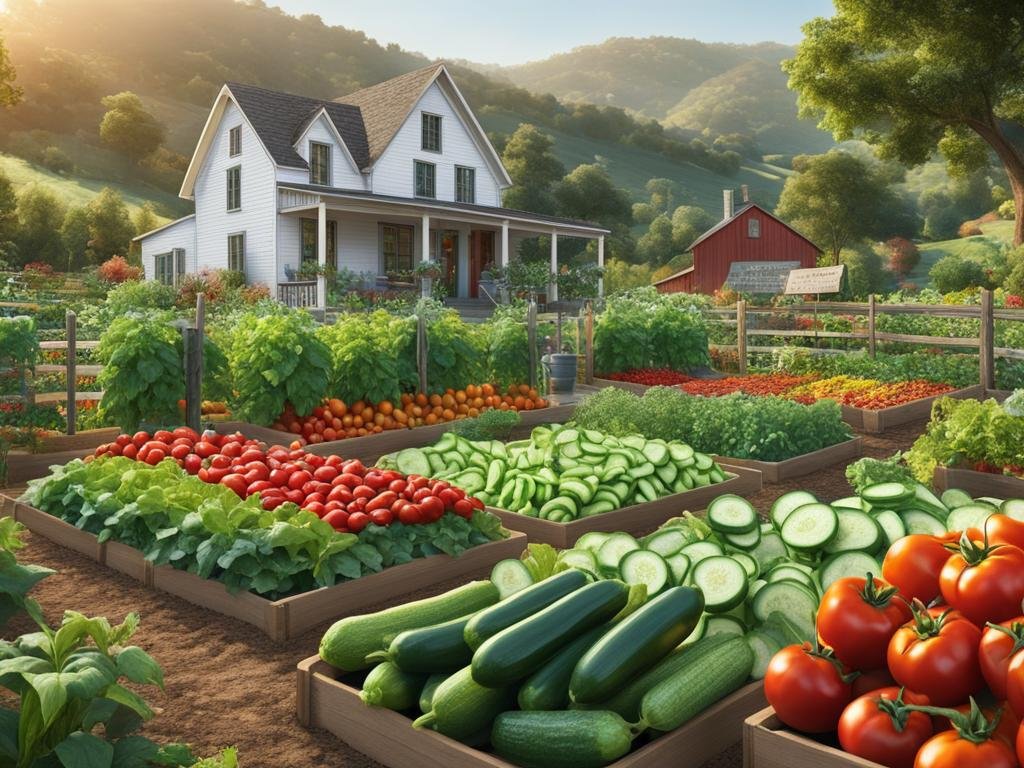 Embarking on a self-sustainable lifestyle, for me, centers on the fruitful yields of my home garden and the rewarding practice of food preservation. Engaging in home gardening and eating seasonally are more than just hobbies—they are key elements that reinforce my commitment to living sustainably.
Embarking on a self-sustainable lifestyle, for me, centers on the fruitful yields of my home garden and the rewarding practice of food preservation. Engaging in home gardening and eating seasonally are more than just hobbies—they are key elements that reinforce my commitment to living sustainably.
The essentials of starting a home garden
When I first dipped my hands into the soil, my aim was to start small with vegetables that were forgiving and easy to cultivate. Lettuce, radishes, and herbs were my gateway into the world of gardening. As I gained confidence and experience, I diversified my garden with a range of produce, from robust kale to plump tomatoes, transforming my palate with the freshness only a backyard garden can provide.
Methods for preserving food to last all seasons
Canning tomatoes, freezing berries, and drying herbs are integral methods I employ to ensure my harvest can be enjoyed throughout the year. Proper food preservation is a linchpin in the whole cycle of my garden-centric lifestyle, making certain that not a single leaf nor a berry goes to waste. Below is the overview of my seasonal preservation efforts:
| Season | Harvest | Preservation Method | Typical Uses |
|---|---|---|---|
| Spring | Greens, radishes, peas | Salting, refrigerating | Soups, salads |
| Summer | Tomatoes, berries | Canning, freezing | Sauces, smoothies |
| Fall | Root vegetables, apples | Cellaring, drying | Stews, snacks |
| Winter | Winter squash, kale | Freezing, fermenting | Casseroles, kimchi |
Adapting my diet to seasonal availability
Aligning my diet with the rhythm of nature has been not only environmentally friendly but also enriching for my health. Eating seasonally ensures that I consume a variety of nutrients throughout the year, while also supporting the local agriculture of my region. The crisp tartness of an apple in fall or the sweet burst of a summer peach are pleasures I wouldn’t trade for the convenience of off-season imports.
The connection I’ve forged with the land and the seasons has become the cornerstone of my self-sustainable lifestyle. It lends a profound respect for the cycles of growth and decay, a rhythm I follow with every seed sown and every jar sealed.
Building Skills for Off-Grid Living
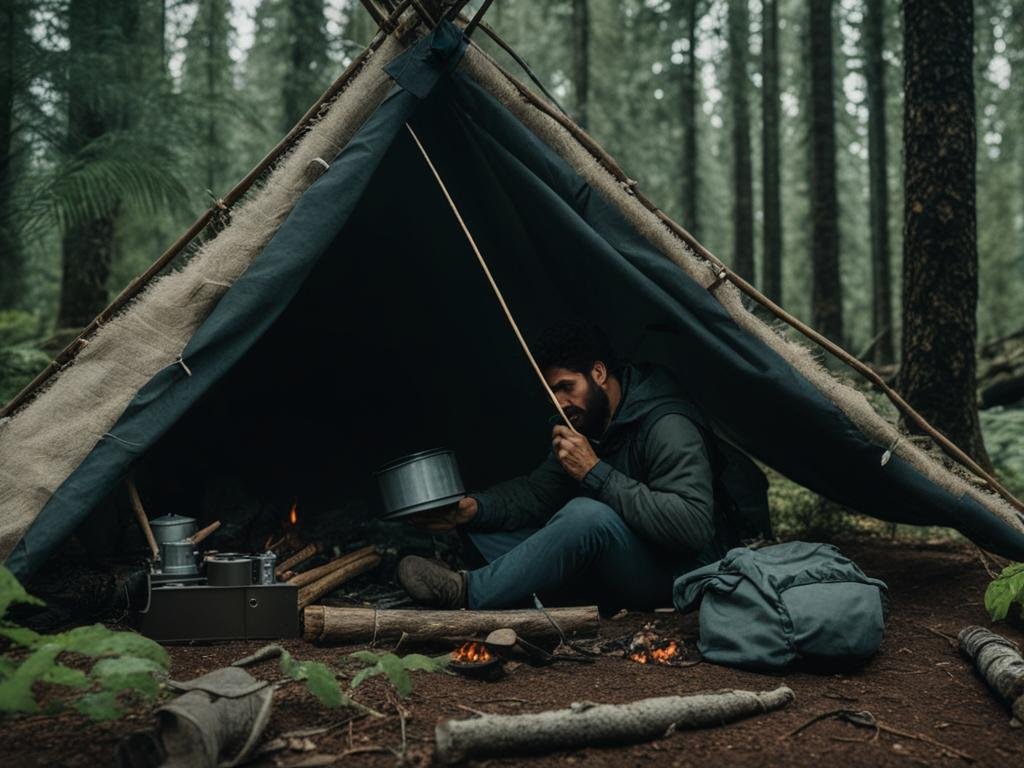 As someone passionate about off-grid living, I’ve learned that acquiring essential self-sufficiency skills is just as important as planting a garden or sealing a leaky window. These skills aren’t just for convenience; they cultivate resilience and independence from the mainstream supply chain and service providers.
As someone passionate about off-grid living, I’ve learned that acquiring essential self-sufficiency skills is just as important as planting a garden or sealing a leaky window. These skills aren’t just for convenience; they cultivate resilience and independence from the mainstream supply chain and service providers.
DIY Home Maintenance and Repairs
One of the first hurdles I faced was the need for DIY home maintenance and repairs. I quickly realized that calling a professional for every small inconvenience was not sustainable. Instead, I picked up a hammer and learned through trial and error. From fixing leaky faucets to reinforcing insulation, the ability to maintain my home has instilled a profound sense of accomplishment and autonomy.
Mastering Traditional Skills: Sewing, Cooking, and More
The revival of traditional skills has been a transformative aspect of my journey. Sewing tears in clothing, cooking wholesome meals from scratch, and practicing preservation techniques like canning have all reinforced the joy of working with my hands and appreciating the simplicity of the past. These time-honored practices are not only practical in an off-grid scenario but also serve as a bridge connecting us to our ancestors.
Transitioning to Renewable Energy Solutions
Embracing renewable energy solutions has also been a pivotal chapter in my off-grid narrative. Investing in solar panels and researching wind turbine options propelled my home towards energy independence. This transition not only minimizes my environmental footprint but also shields me from the volatility of conventional energy sources, ensuring that my home operates on clean, sustainable power.
Through acquiring these skills and harnessing the power of nature’s bounty, the dream of off-grid living becomes an inspiringly tangible reality.
Conclusion
As I take a moment to reflect on the strides I’ve made, my journey to self-reliance has profoundly shaped who I am today. Building a life that values independence and sustainability has been both a challenge and a deeply rewarding experience. The practical steps I’ve taken, from growing my own food to mastering frugal living, have laid a foundation for a lifestyle that I could once only imagine. Embarking on self-sufficiency is not simply about the skills acquired along the way, but also about the personal growth experienced in the process. A transformation began within me the moment I decided to simplify my life. Now, the fruits of that decision permeate every aspect of my day-to-day existence.
Reflecting on a journey towards self reliance
This path has enlightened me to the possibilities that come with taking control of my life’s narrative. Every seed planted, every penny saved, and every repair made with my own hands was a stitch in the fabric of a movement towards greater autonomy. My commitment to this journey to self-reliance is unwavering, and my hope is that my story will resonate with those considering a similar adventure. There’s a profound sense of accomplishment that can’t be bought when you know you’re capable of providing for yourself and contributing positively to the world around you.
Encouraging others to start their own path to self-sufficiency
I share my experiences not as an absolute road map, but as a source of inspiration for others to start writing their unique chapters in the story of self-sufficient living. Every challenge overcome is a lesson learned, and with each lesson comes a greater confidence in one’s ability to adapt and thrive in a rapidly changing world. I encourage you to take that initial step towards self-sufficiency, embracing the vibrant community of like-minded individuals who support this enriching way of life.
Continuous growth and lifelong learning in self-sufficient practices
Lastly, this experience embodies the essence of lifelong learning in self-sufficiency. The landscape of this lifestyle is ever-evolving, prompting me to continuously seek new knowledge and refine my methods. The pursuit of personal growth in this realm has taught me that there is no end to developing my capabilities and understanding of sustainable living. As I continue to hone my self-reliance skills, I do so with the knowledge that the journey is just as important as the destination. In sharing my voyage, I extend an invitation to you to join in the exploration of what it means to truly live a life that is self-sufficient and intrinsically rewarding.
FAQ
What are the initial steps to becoming self sufficient?
To begin, evaluate your needs versus wants and simplify your life by downsizing possessions. Cultivate self reliance skills and set achievable self sufficiency goals such as growing your own food or learning home maintenance tasks.
How does one embrace the philosophy of self-sufficiency?
Embracing self-reliance involves a pivotal mindset shift to value independence and sustainability. Define a simpler life by identifying personal sustainability goals and live by a creed that reflects this commitment.
Why is downsizing important for self-sufficient living?
Downsizing to a minimalistic lifestyle helps to reduce upkeep costs and to declutter, creating a functional and efficient home. This aligns with sustainable living as it lessens environmental impact and promotes a focus on essentials.
How can frugal living contribute to self sufficiency?
Frugal living helps attain financial independence by cutting monthly expenses, practicing home economics, and reducing waste. It’s a vital aspect of how to become self-sufficient, as it allows you to allocate resources where they are most needed for self-reliance.
What are the essentials of starting a home garden?
Choose easy-to-grow plants to start with, learn about soil preparation, and plan your garden layout. Investing time in quality tools and resources for knowledge about planting, care, and harvesting can also contribute to a successful garden.
What are the best methods for preserving food?
Food preservation methods like canning, freezing, and drying will prolong the shelf life of your produce. These techniques help ensure a supply of home-grown, nutritious food throughout the year and aid in living a self-sustainable lifestyle.
How can my diet adapt to seasonal availability?
Eating seasonally involves planning meals around what your garden produces or what’s locally available at the moment. This approach supports sustainable living and gives you the freshest, most nutritious options while reducing reliance on imported goods.
Why are DIY skills important for off-grid living?
DIY skills enable you to handle home maintenance and repairs independently, reducing the need for outside help. It’s a central part of off-grid living, enhancing self-sufficiency and confidence in your ability to sustain your household.
What traditional skills should I learn for self-sufficiency?
Learning skills like sewing, cooking from scratch, basic woodworking, and gardening are fundamental for self-sufficiency. They not only save money but also connect you to age-old self-reliance practices.
How do I transition to renewable energy solutions?
Research and invest in alternative energy options like solar or wind power. Start small with solar panels for electricity or a solar water heater and gradually expand your system for greater energy independence as part of your off-grid living strategy.
How can I encourage others to start their own path to self-sufficiency?
Share your experiences, offer support, and lead by example. Educate others on the benefits and strategies of self-sufficient living, and offer advice and resources to those interested in pursuing this lifestyle.
What does continuous growth in self-sufficient practices look like?
Continuous growth means always seeking new knowledge, refining existing techniques, and staying updated with innovations in sustainability. Lifelong learning is a cornerstone of self-sufficiency, embracing changes and advancements to improve your lifestyle.

